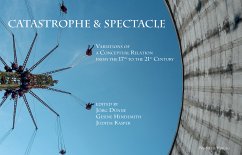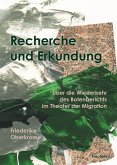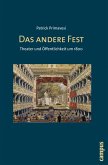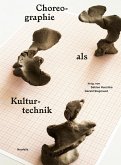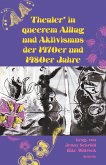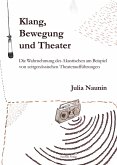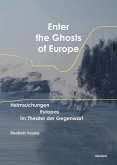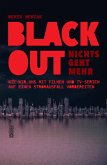The essays in this volume elucidate images of the catastrophes that have inspired them by providing a textual commentary that makes it possible to reconsider how the spectacular and the catastrophic are interrelated. Thus, the essays not only deal with the emergence of the modern spectacular imagination of catastrophe in terms of the history of both discourse and media, they also present themselves as a critique of catastrophe, one based on close readings of the scenes and images in question.
Dieser Download kann aus rechtlichen Gründen nur mit Rechnungsadresse in A, B, BG, CY, CZ, D, DK, EW, E, FIN, F, GR, H, IRL, I, LT, L, LR, M, NL, PL, P, R, S, SLO, SK ausgeliefert werden.

